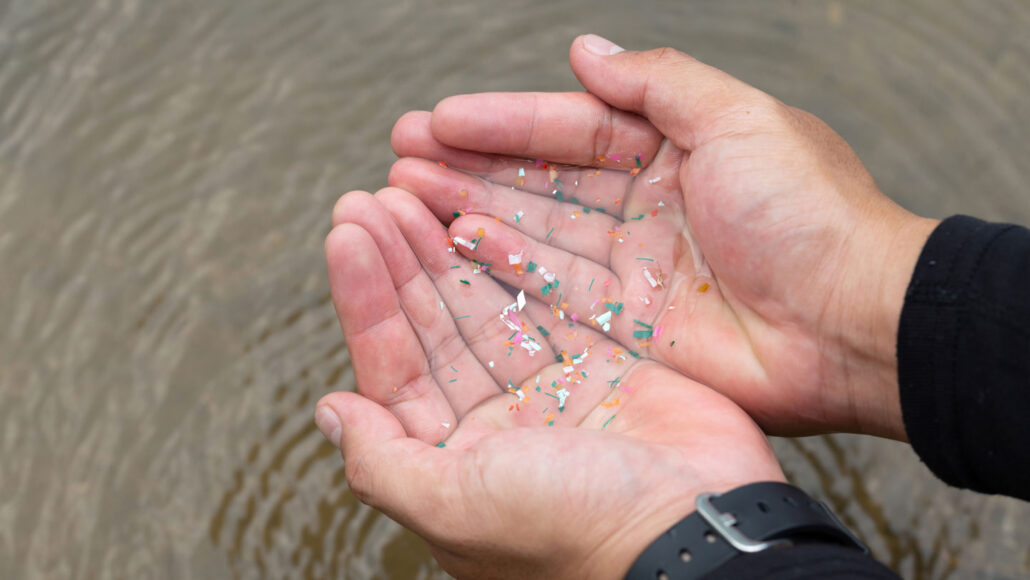Questions for ‘Sea life may suffer as plastic bits alter metals in water’

Tiny, broken fragments of plastic trash (like that seen here) drift through seawater. Such plastic makes up the majority of ocean litter.
pcess609/iStock/Getty Images Plus

Tiny, broken fragments of plastic trash (like that seen here) drift through seawater. Such plastic makes up the majority of ocean litter.
pcess609/iStock/Getty Images Plus
Register to access:
An error occurred. Please try again.
Already Registered? Enter your e-mail address above.